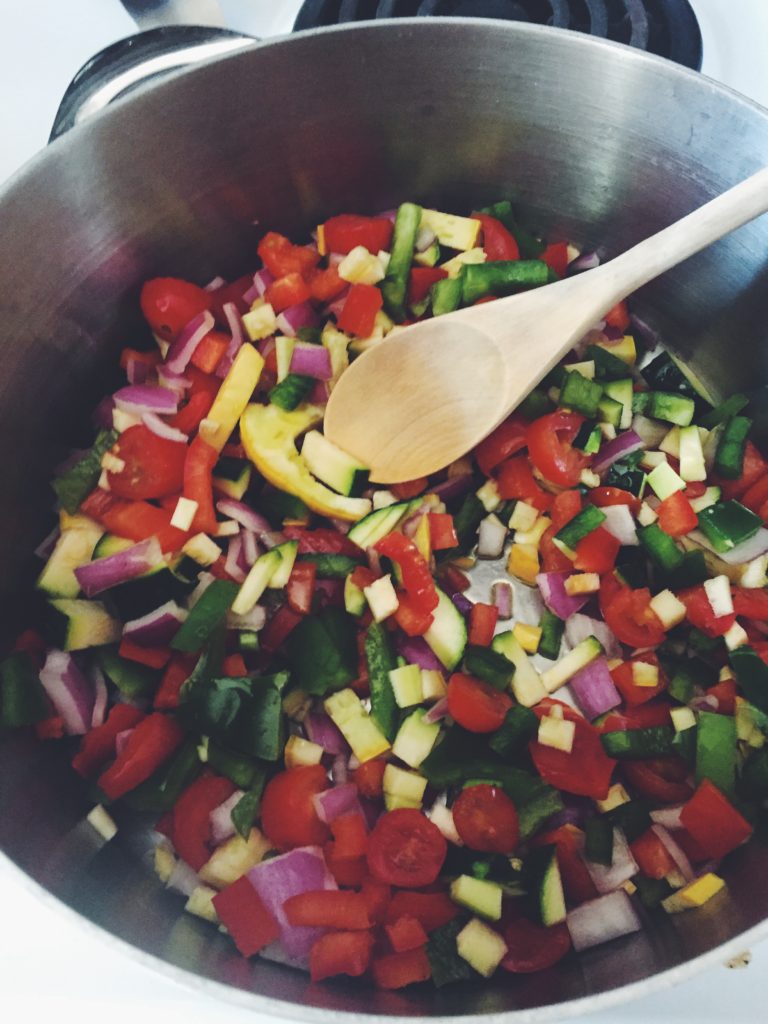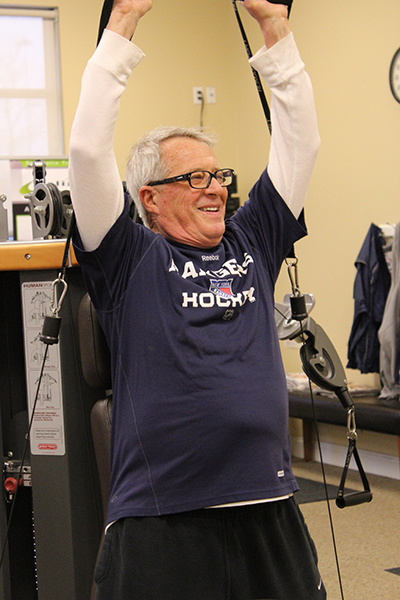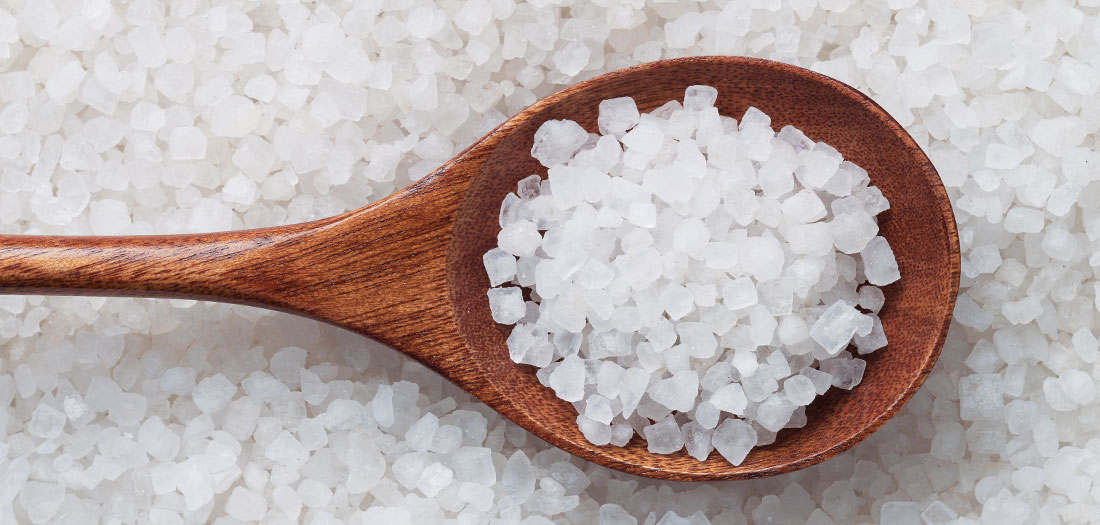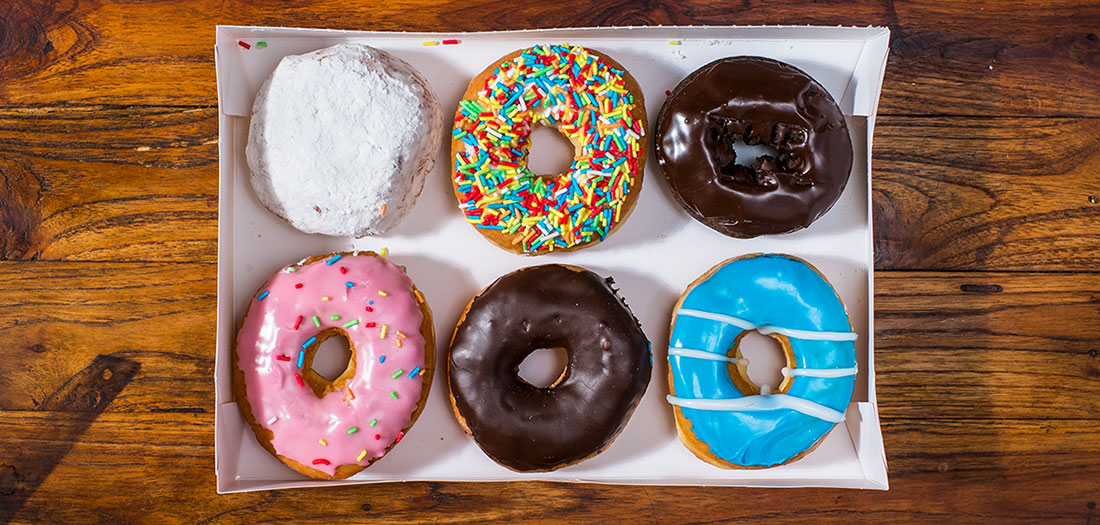What Really Causes Muscle Spasms and Cramps?
Research helps explain the cause and best treatment of muscle spasms and cramps
If you’ve ever had muscle spasms or muscle cramps, you know they can be extremely painful. In some cases, a muscle may spasm so forcefully that it results in a bruise on the skin. Most muscle spasms and cramps are involuntary contractions of a muscle. A serious muscle spasm doesn’t release on its own and requires manual stretching to help relax and lengthen the shortened muscle. Spasms and cramps can be mild or extremely painful.
While they can happen to any skeletal muscle, they are most common in the legs and feet and muscles that cross two joints (the calf muscle, for example). Cramps can involve part of a muscle or all the muscles in a group. The most commonly affected muscle groups are:
- Back of lower leg/calf (gastrocnemius).
- Back of thigh (hamstrings).
- Front of thigh (quadriceps).
- Feet, hands, arms, abdomen
Muscle cramps range in intensity from a slight twitch or tic to severe pain. A cramped muscle can feel rock-hard and last a few seconds to several minutes or longer. It is not uncommon for cramps to ease up and then return several times before they go away entirely.
What Causes Muscle Cramps
The exact cause of muscle cramps is still unknown, but the theories most commonly cited include:
- Altered neuromuscular control
- Dehydration
- Electrolyte depletion
- Poor conditioning
- Muscle fatigue
- Doing a new activity
Other factors that have been associated with muscle cramps include exercising in extreme heat.

Push-ups fitness woman doing pushups outside on beach. Fit female sport model girl training crossfit outdoors. Mixed race Asian Caucasian athlete in her 20s.
The belief is that muscle cramps are more common during exercise in the heat because sweat contains fluids as well as electrolyte (salt, potassium, magnesium and calcium). When these nutrients fall to certain levels, the incidence of muscle spasms increases. Because athletes are more likely to get cramps in the preseason, near the end of (or the night after) intense or prolonged exercise, some feel that a lack of conditioning results in cramps.
Research Supports Altered Neuromuscular Control as the Cause of Cramps
While all these theories are being studied, researchers are finding more evidence that the “altered neuromuscular control” hypothesis is the principal pathophysiological mechanism the leads to exercise-associated muscle cramping (EAMC). Altered neuromuscular control is often related to muscle fatigue and results in a disruption of muscle coordination and control.
According to a review of the literature conducted by Martin Schwellnus from the University of Cape Town, the evidence supporting both the “electrolyte depletion” and “dehydration” hypotheses as the cause of muscle cramps is not convincing. He reviewed the available literature supporting these theories and found mostly anecdotal clinical observations and one small case-control study with only 10 subjects. He also found another four clinical prospective cohort studies that clearly did not support the “electrolyte depletion” and “dehydration” hypotheses as the cause of muscle cramps. In his review, Schwellnus concludes that the “electrolyte depletion” and “dehydration” hypotheses do not offer plausible pathophysiological mechanisms with supporting scientific evidence that could adequately explain the clinical presentation and management of exercise-associated muscle cramping.
He goes on to write:
“Scientific evidence for the “altered neuromuscular control” hypothesis is based on evidence from research studies in human models of muscle cramping, epidemiological studies in cramping athletes, and animal experimental data. Whilst it is clear that further evidence to support the “altered neuromuscular control” hypothesis is also required, research data are accumulating that support this as the principal pathophysiological mechanism for the aetiology of exercise-associated muscle cramping (EAMC).”
Treating Muscle Cramps
Cramps usually go away on their own without treatment, but these tips appear to help speed the healing process:
Preventing Muscle Cramps
Until we learn the exact cause of muscle cramps, it will be difficult to say with any confidence how to prevent them. However, these tips are most recommended by experts and athletes alike:
Most muscle cramps are not serious. If your muscle cramps are severe, frequent, constant or of concern, see your doctor.
Sources:
Cause of Exercise Associated Muscle Cramps (EAMC) – altered neuromuscular control, dehydration or electrolyte depletion? M. P. Schwellnus. British Journal of Sports Medicine 2009; 43:401-408.
Muscle Cramp. The American Orthopaedic Society for Sports Medicine. http://orthoinfo.aaos.org/topic.cfm?topic=A00200. 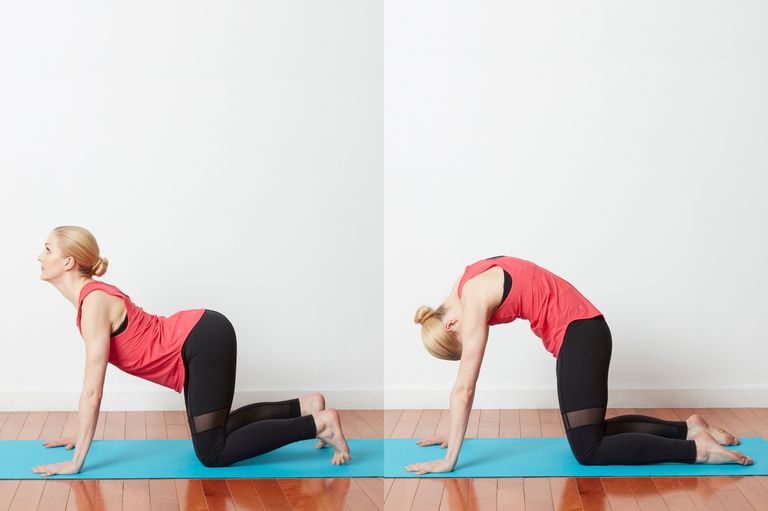
- Stop the activity that caused the cramp.
- Gently stretch and massage the cramping muscle.
- Hold the joint in a stretched position until the cramp stops.
- Improve fitness and avoid muscle fatigue
- Stretch regularly after exercise
- Warm up before exercise
- Stretch the calf muscle: In a standing lunge with both feet pointed forward, straighten the rear leg.
- Stretch the hamstring muscle: Sit with one leg folded in and the other straight out, foot upright and toes and ankle relaxed. Lean forward slightly, touch foot of straightened leg. (Repeat with opposite leg.)
- Stretch the quadriceps muscle: While standing, hold top of foot with opposite hand and gently pull heel toward buttocks. (Repeat with opposite leg.)


